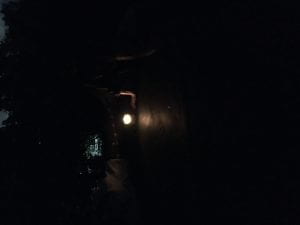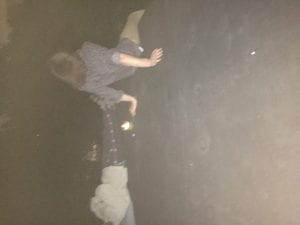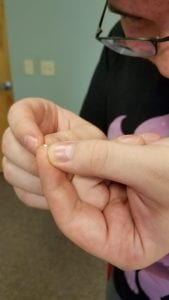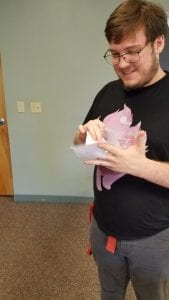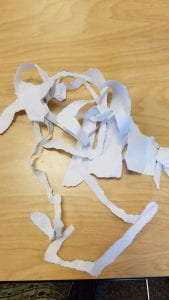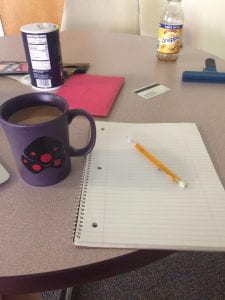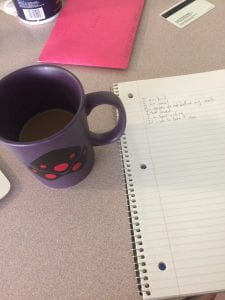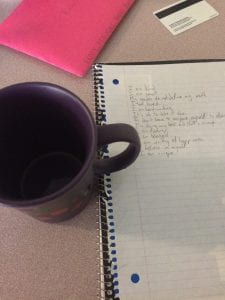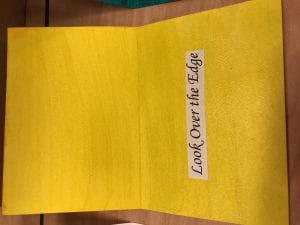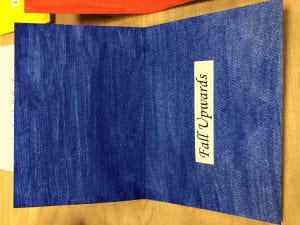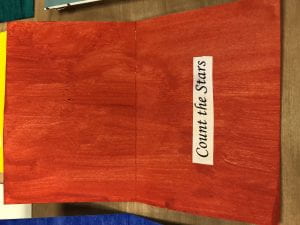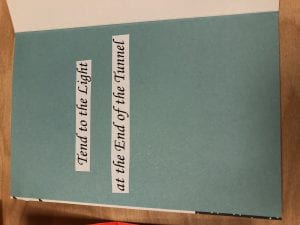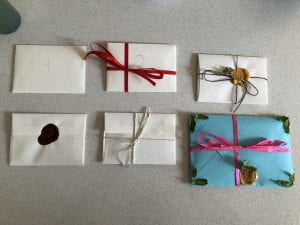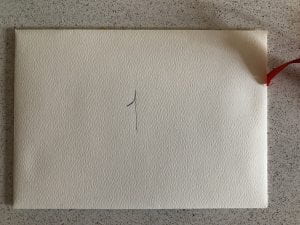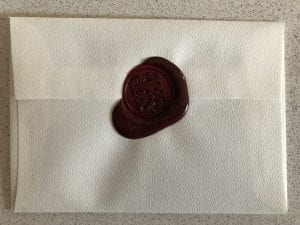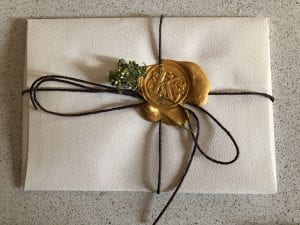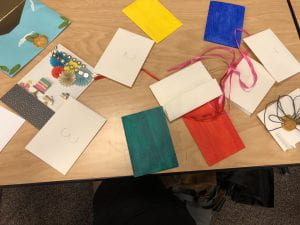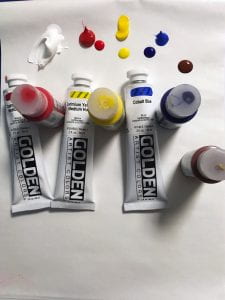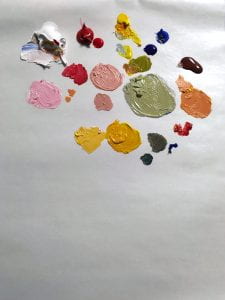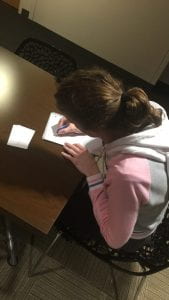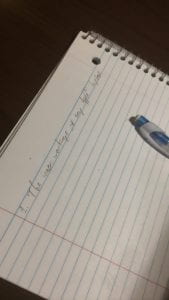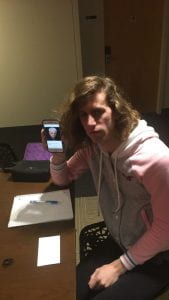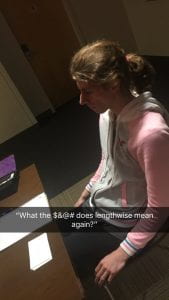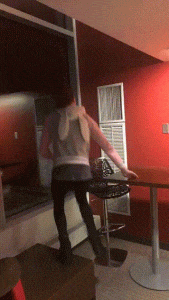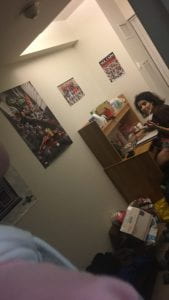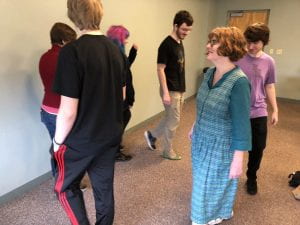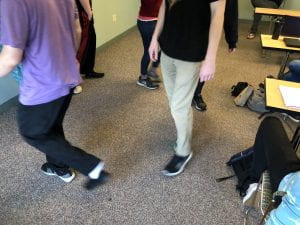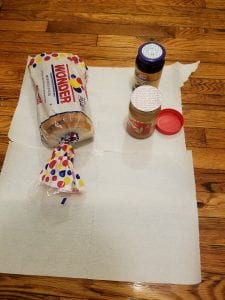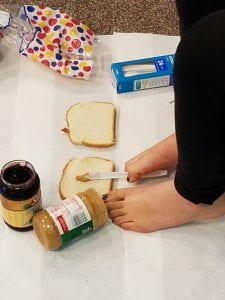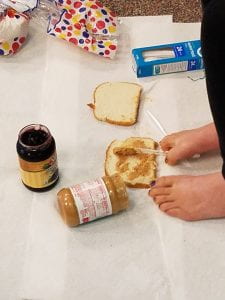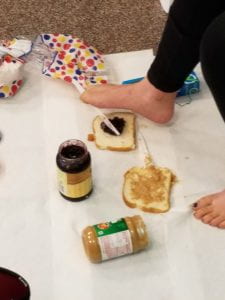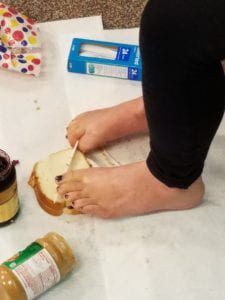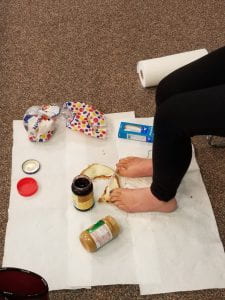Score for the Stars
Sit on the roof at night
(Alone or with others)
Look at the stars
Light a candle
Remember where you came from
and where you will be
Artist Statement
Score for the Stars draws on the human need for connection, both with others and the world around you. In a world so focused on constantly moving, on doing the best you can be, it can be hard to forget that you need a moment to breathe. Score for the Stars intends to give you that moment, allowing you a short break to sit quietly, by yourself, by those close to you, with strangers, and remember you are not alone. As you spend more time gazing upwards, more and more pinpricks of light appear. While at first you could see only a dozen, the way your eyes adjust to the dark bring out more and more reflections. Soon the candle you brought with you is one of hundreds, each returning the light you are sending out into the darkness. Even by yourself you are not alone.
This piece was primarily inspired by three works, Yoko Ono’s A Piece For Orchestra, Ben Vautier’s Total Art Matchbox, and a two hundred word role playing game by Daniel Adams called Stardust. Stardust’s message of being one with the stars created a jumping off point for the idea, as it intends the players to feel like stars themselves, to remember what being a star was like. This idea resonated with me, but I decided I would rather keep the individuality and humanity of the participants- the people engaging are not stars, but have been, and will be again. Yoko Ono’s piece inspired the observational aspect, as you observe you take a more active part in the things around you- your watchful eye draws you closer to the stars, or windows in Yoko Ono’s piece. Total Art Matchbox was not inspirational for it’s view of destructing art, but rather it’s basis on the temporary nature of things. Over the course of the night, the candle the participants lit will burn out, finally leaving them in the dark, with only the light of the stars. In this world of remembrance, isolation, and permanence, there is still the fleeting aspect of this candle, a reminder that all things end.
Documentation:
